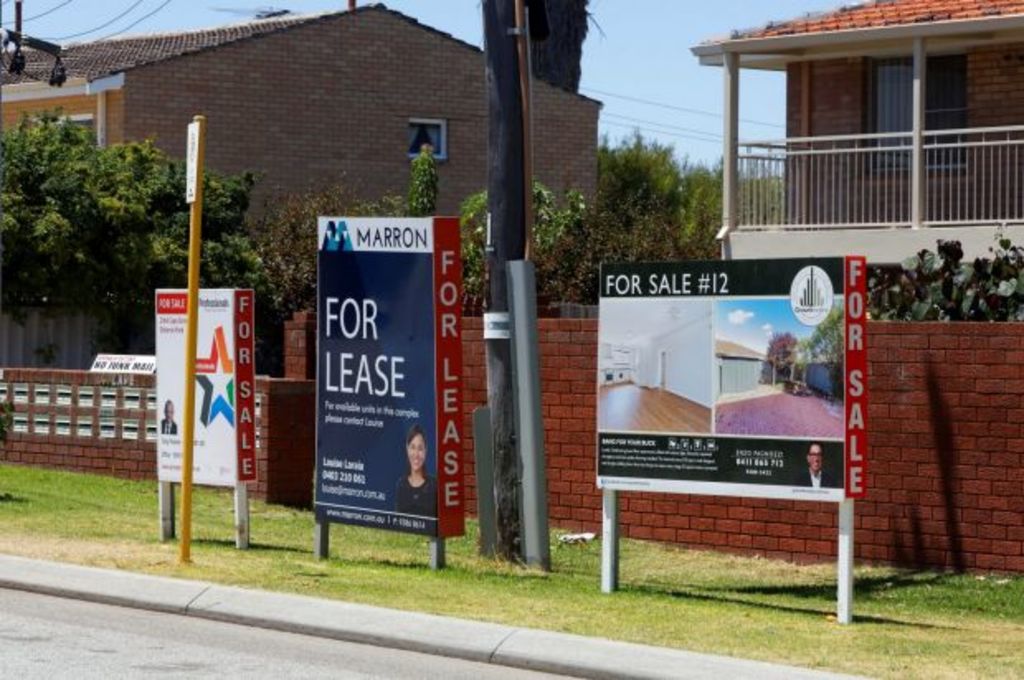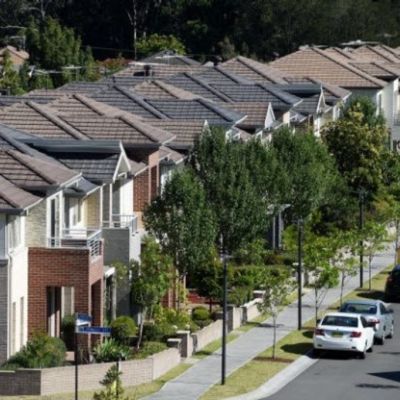Affordable housing providers 'not being used to their full capacity', report says

The federal government says it wants to provide more affordable housing for Australia but is instead proving the major hurdle to creating cheaper homes and abating the crisis, a major report into the issue claims.
Research from the Australian Housing and Urban Research Institute (AHURI) has discovered that, alongside the acute shortage, the country’s largest non-government affordable housing providers have substantial under-used capacity.
But the government isn’t doing enough to support them – or creating the climate of certainty necessary to give potential investors confidence to provide finance – in the report that’s been branded “a real wake-up call” to a national problem.
“Affordable housing providers have built their capacity enormously over the last five to 10 years but it’s not being fully utilised at the moment,” says the report leader Professor Hal Pawson. “They’re not being enabled to fully contribute to [Treasurer] Scott Morrison’s agenda that he seems to have latched on to now.
“These organisations are now very professional, with good financial structures headed by chief financial officers, but the amount of building they’ve been able to do has been very volatile as they’ve been highly dependent on the various government policies of the day.”
There have been 23,000 affordable homes built by not-for-profits since 2008, with numbers fluctuating wildly according to government attitudes at the time, Professor Pawson says. During the Rudd infrastructure stimulus era, there was a major affordable housing building program underway, with income from housing planned to continue the building program.
A scheme encouraging the private sector to invest in public housing via a system of tax deductions, the National Rental Affordability Scheme, was subsequently abolished by Tony Abbott.
“But in January the Treasurer was quoted as recanting on that and we think he may be planning to bring it back out, but under a new name, in the May budget,” Professor Pawson says. “He’ll rebrand it as his own, we believe.”
The national research, commissioned by AHURI and led by the University of NSW, identifies the need for a properly-resourced plan for tackling the national affordable housing crisis. It recommends “stronger and more enduring leadership” from both governments and housing providers.
Other key proposals include improvements in the regulatory system around affordable housing to reassure investors of its long-term stability, and the creation of a joint government-industry Affordable Housing Industry Council to direct and oversee development.
Michael Lennon, the chair of the Community Housing Industry Association, as well as managing director of leading non-profit housing association Victoria-based Housing Choices Australia, welcomed the report.
“We concur substantially with the findings and recommendations,” he says. “We think it provides the federal government and treasurer with some real opportunities in the forthcoming budget, especially with its comments around national leadership.
“We would welcome the combination of private, public and community interests for a long-term commitment to affordable housing supply and the establishment of higher standards of regulation and supervision.”
Last year, the newly set-up Affordable Housing Working Group emphasised the need for a financial intermediary to stand between the finance industry and the affordable housing industry to help collate, and distribute, funds. “We believe that would also be important,” says Professor Pawson.
Wendy Hayhurst, chief executive of the NSW Federation of Housing Associations, says the report is very fair and underlines what many have been saying in the industry for years.
“The amount of resources put into affordable housing, in comparison to the increasing need, shows there’s a large gap,” she says. “It illustrates that there needs to be a lot more resourcing.
“Also, if we are going to see more investment in affordable housing, there needs to be a better national regulatory system. At the moment, it isn’t strong enough. This report is a real wake-up call to a serious problem.”
The CEO of major affordable housing company the St George Community Housing Group, Scott Langford, said such organisations were bridging the gap between government and the private sector, and engaging with the private sector to draw in new sources of capital.
“Alternative funding mechanisms such as government issued housing supply bonds, would also assist in supporting the delivery of additional housing supply by reducing the cost and increasing the availability of finance,” he says.
“There is greater potential for the planning system to support community housing providers in addressing the housing crisis, through inclusionary zoning and incorporating a minimum allocation to affordable housing based on local area needs requirements.”
We recommend
We thought you might like
States
Capital Cities
Capital Cities - Rentals
Popular Areas
Allhomes
More










